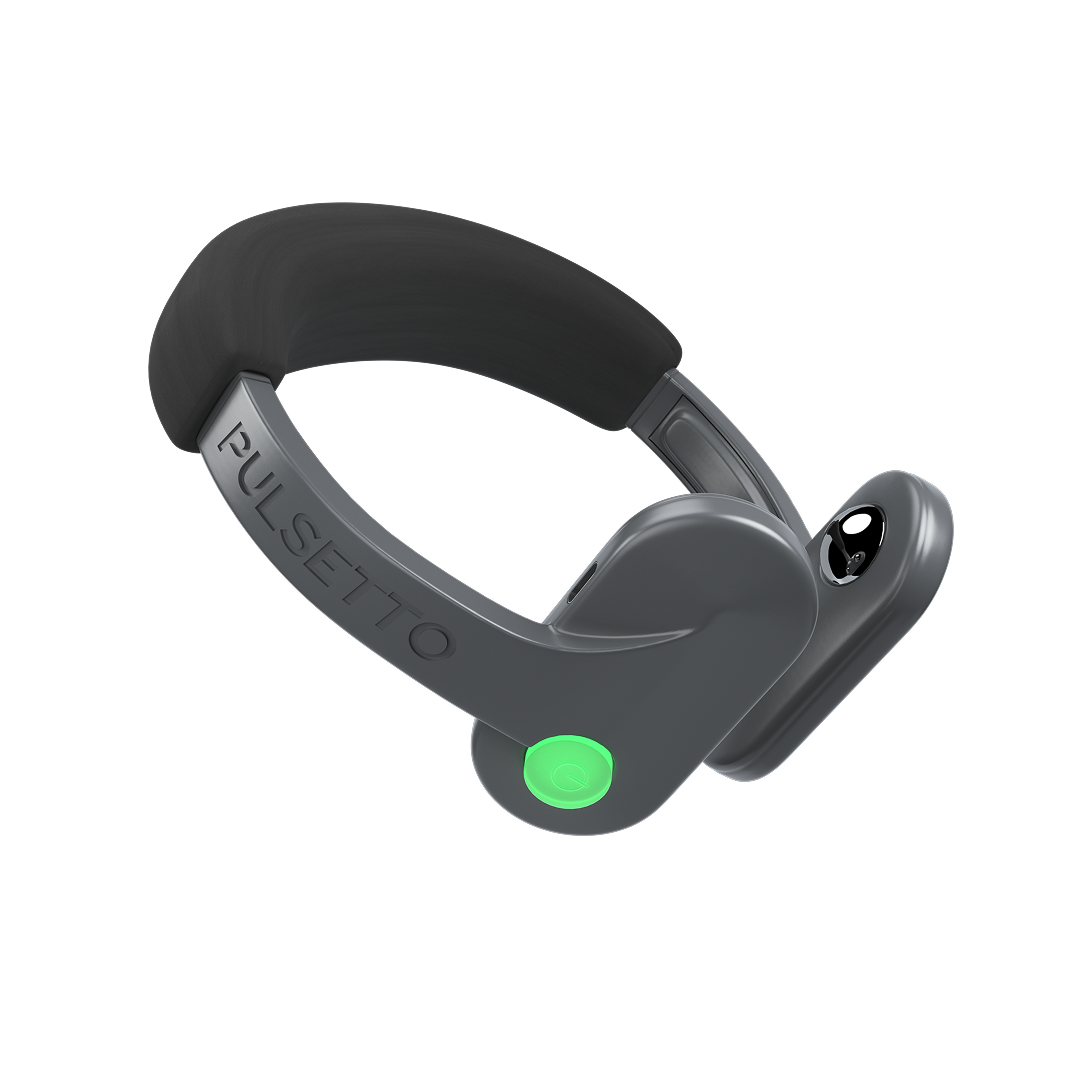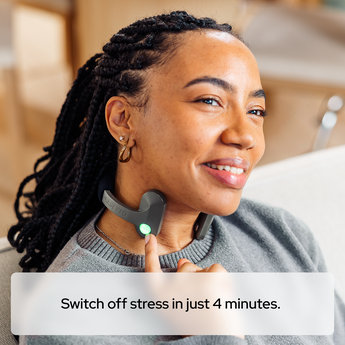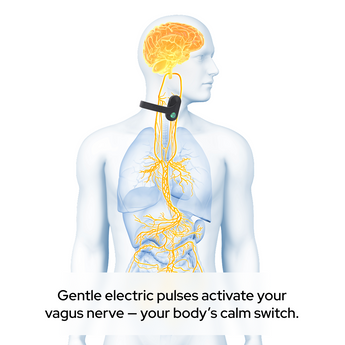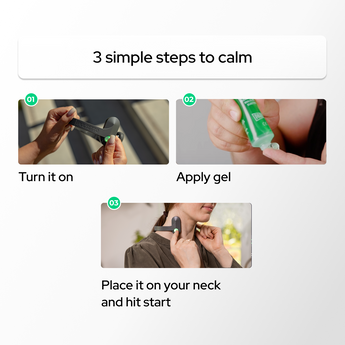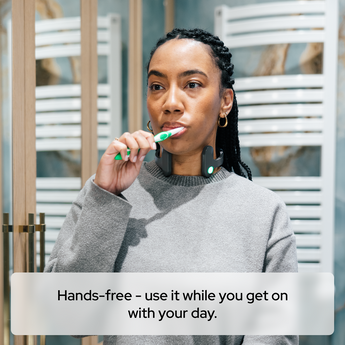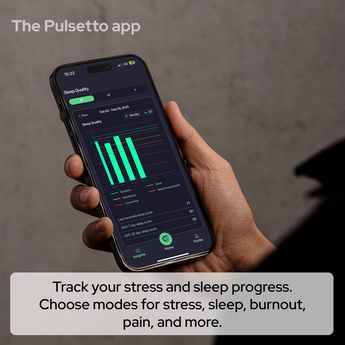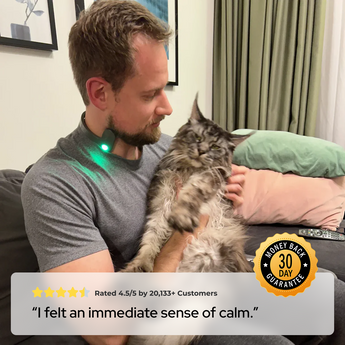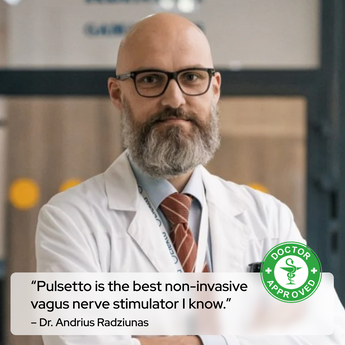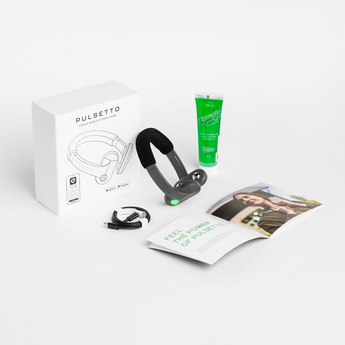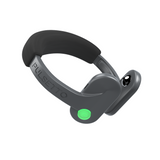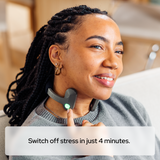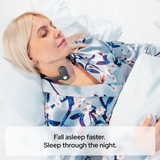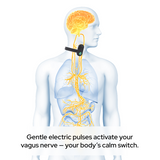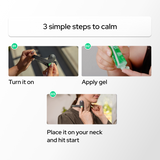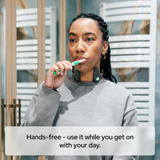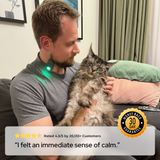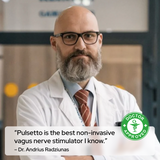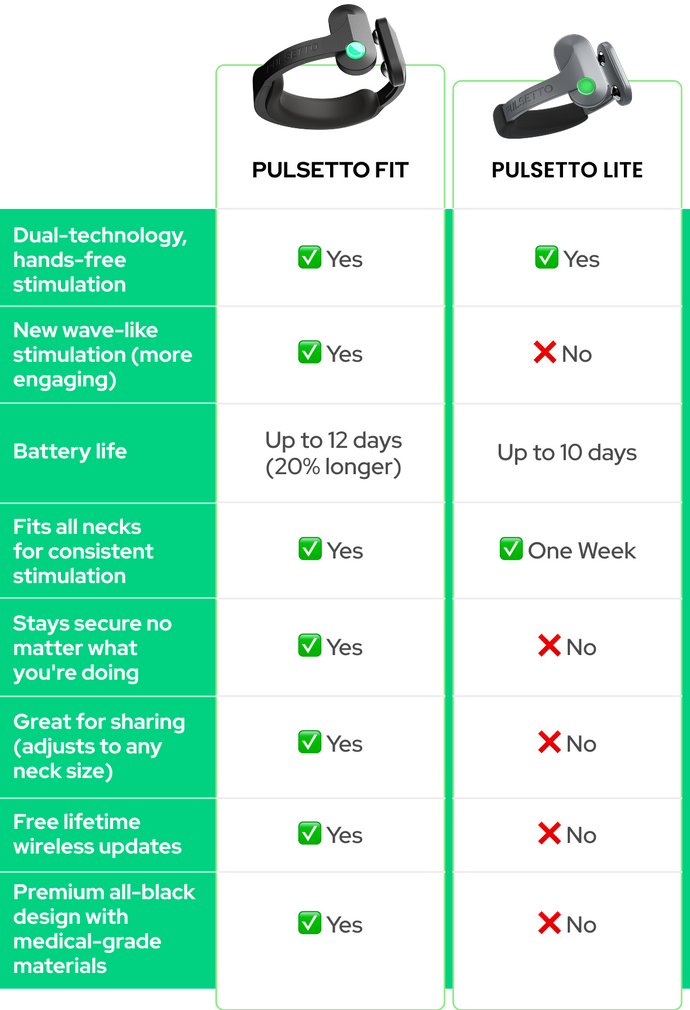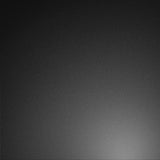Do Vagus Nerve Exercises & Non-Invasive Treatment Solve Lightheadedness?
Vagus nerve exercises and non-invasive treatments offer a holistic approach to managing lightheadedness, enhancing the function of the vagus nerve, which plays an important role in regulating cardiovascular and autonomic nervous system functions.
Vagus Nerve Stimulation Through Exercises
-
Deep Breathing Exercises: Regularly practicing deep, controlled breathing can stimulate the vagus nerve, promoting relaxation and cardiovascular stability, which may alleviate symptoms of lightheadedness.
-
Gentle Yoga: Incorporating gentle yoga poses and mindfulness can improve overall autonomic regulation, helping to balance the nervous system.
-
Progressive Relaxation Techniques: Techniques such as progressive muscle relaxation can decrease stress and improve autonomic nervous system function, potentially reducing lightheadedness.

Engage in deep breathing exercises, gentle yoga, and progressive relaxation techniques to stimulate the vagus nerve, promoting relaxation and reducing lightheadedness.
Non-Invasive Treatment Options for Lightheadedness
-
Epley Manoeuvre: This is a technique used to treat benign paroxysmal positional vertigo (BPPV), a condition that causes brief episodes of mild to intense dizziness triggered by specific changes in the position of your head. The Epley manoeuvre involves a series of head and body movements that help to reposition the crystals in the inner ear that are causing the dizziness.
-
Vestibular Rehabilitation: This is a type of physical therapy that can help to improve balance and reduce dizziness. Vestibular rehabilitation covers specific exercises that are designed to strengthen the vestibular system, which is responsible for maintaining balance and spatial orientation.
-
Medications: Medications such as anti-anxiety drugs, preventative migraine medicine, and water pills or diuretics may be prescribed to treat the underlying condition causing the dizziness.
-
Lifestyle Modifications: Certain lifestyle modifications, such as avoiding triggers, staying hydrated, and maintaining a healthy diet, can help to reduce the frequency and severity of dizziness.
-
Acupuncture: Acupuncture may help to treat dizziness by stimulating specific points on the body with tiny, thin needles, improving blood flow and reducing inflammation, which may be contributing to the dizziness.
-
Self-Awareness: Being aware of your triggers and taking steps to avoid them can help to reduce the frequency and severity of dizziness. This may include avoiding sudden movements, staying hydrated, and taking breaks when necessary.
How Does Vagus Nerve Stimulation Help with Lightheadedness?
Vagus nerve stimulation (VNS) addresses lightheadedness by 'resetting' the body’s natural regulatory systems. The vagus nerve plays a crucial role in the parasympathetic nervous system, influencing vital functions like heart rate and blood pressure. When stimulated through exercises or non-invasive devices, it can help stabilize these functions, thus alleviating lightheadedness.
-
Autonomic Regulation: VNS helps balance the sympathetic and parasympathetic nervous systems, ensuring stable bodily functions.
-
Heart Rate Variability Improvement: Enhanced heart rate variability is linked to better cardiovascular health, which can prevent lightheadedness.
-
Inflammation Reduction: Regular VNS has been shown to reduce inflammatory markers, contributing to overall well-being.
-
Digestive Health Enhancement: By improving gut motility and digestion, VNS supports a key aspect of health that affects systemic balance.
-
Stress Alleviation: It triggers the body’s relaxation response, which can lower stress levels, a common contributor to lightheadedness.

Pulsetto is a non-invasive, user-friendly device that stimulates the vagus nerve to manage lightheadedness, offering practical relief without drugs or surgery.
Pulsetto: Vagus Nerve Stimulator for Lightheadedness
Pulsetto is a non-invasive vagus nerve stimulator that has become popular for its effectiveness in managing lightheadedness. Our product is designed for easy use, with a straightforward application to the neck area where the vagus nerve is accessible. The device works by delivering gentle electrical pulses to the nerve, providing relief without the need for drugs or surgical interventions.
While results may vary, many users find Pulsetto to be a practical and beneficial tool for utilizing VNS. Its user-friendly design and portability make it an excellent choice for those looking to incorporate VNS into their daily health regimen.
For a comprehensive approach to health, it is recommended to combine the use of devices like Pulsetto with lifestyle adjustments, dietary changes, and stress management techniques. For more information on how Pulsetto can be part of your wellness plan, visit our website.

Transform your life in just 4 minutes a day with Pulsetto. Relax, close your eyes, and let the calming pulses melt away your stress and anxiety.
Frequently Asked Questions (FAQ)
What is the Vagus Nerve and What Does It Do?
The vagus nerve is the longest cranial nerve and it's part of the parasympathetic nervous system, which controls your body's 'rest and digest' functions. This nerve plays a role in regulating heart rate, breathing, and digestive processes.
How Can I Tell if My Vagus Nerve is Not Functioning Properly?
If your vagus nerve is out of whack, you might feel it in ways you wouldn't expect. You could experience a range of symptoms, from the more obvious like an irregular heartbeat or digestive issues to the less apparent such as chronic inflammation or mood swings. If you're often feeling lightheaded or dizzy without a clear cause, it could be a sign that your vagus nerve needs some TLC.
How Long Does It Take to See Results from Vagus Nerve Stimulation?
Some people might notice a difference in their symptoms within a few weeks, while for others, it may take longer.
Can Vagus Nerve Stimulation Be Used Alongside Other Treatments?
Absolutely! Vagus nerve stimulation can be a complementary part of a broader health and wellness plan. It can work hand in hand with other treatments, whether that's medication, therapy, or lifestyle changes like diet and exercise. In fact, combining VNS with other approaches may enhance its effectiveness and support your overall health journey.



